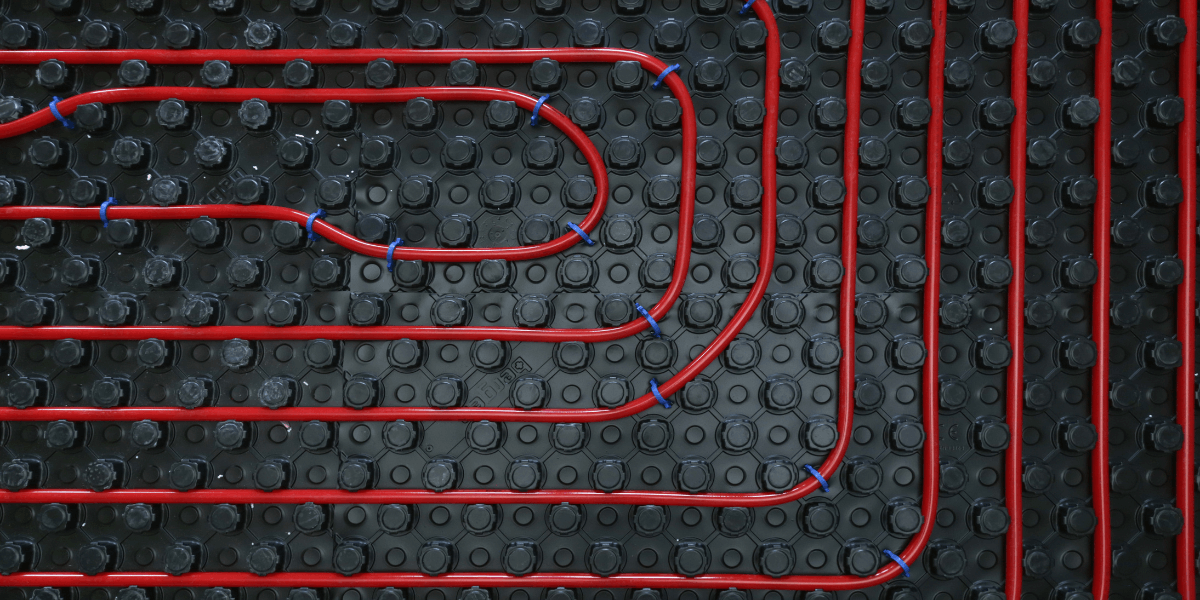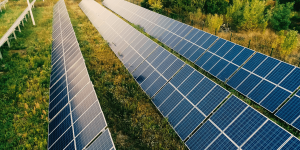Green Homes Directive: Radiant systems are the key players in the building revolution.
The Green Homes Directive promotes radiant systems as the key to building efficiency: comfort, low temperatures, and integration with renewables.

The new European Directive on the Energy Efficiency of Buildings, also known as the Green Homes Directive , introduces implementation guidelines that push for the decarbonization of Europe's building stock by 2050. In this context, low-temperature radiant systems emerge as ideal solutions for combining comfort, efficiency, and integration with renewable energy sources. The Q-RAD consortium, a promoter of quality in radiant systems, emphasizes the importance of advanced technologies and qualified installers to address the regulatory transition.
The Directive's innovations and support for radiant systems
The European Commission has published a package of guidelines to support Member States in implementing the Green Homes Directive, which strengthens energy efficiency requirements, reduces incentives for fossil fuel systems, and encourages the adoption of fully electric systems. The Q-RAD consortium welcomes these guidelines, believing radiant systems are one of the most suitable technologies for efficiency, especially when combined with heat pumps and renewable energy . These terminals allow for lower temperatures, reducing consumption and increasing thermal inertia, which benefits the home.
Benefits, requirements and technical challenges
Radiant systems offer several strengths:
- a high uniformity of comfort
- the ability to operate at very low flow rates and temperatures
- lower distribution losses
- compatibility with low-emission thermal generators
However, to comply with the new Green Homes Directive standards, simply adopting radiant technology is not enough; careful design is required, taking every detail into account: from the correct sizing of the systems to the choice of the most suitable pipes, from effective insulation to intelligent thermoregulation, up to integration with renewable energy generation systems.
Alongside these technical aspects, training is also important: initiatives such as the radiant installer certification promoted by Q-RAD aim to ensure greater quality and standardization, raising the level of skills and ensuring safe, efficient, and regulatory-compliant installations.
Implications for the Italian market and opportunities
For the Italian building services sector, the adoption of the Green House Directive represents a push toward a modern and sustainable market. Companies that successfully position themselves by offering integrated solutions with heat pumps, radiant systems, and smart systems will have a competitive advantage. Radiant component manufacturers can also benefit from this regulatory push. However, national implementation and the finalization of implementing decrees will be crucial to avoiding stalemates, as already suggested by the delay with which Italy has so far incorporated the directive into its national legislation.
Related Focus






